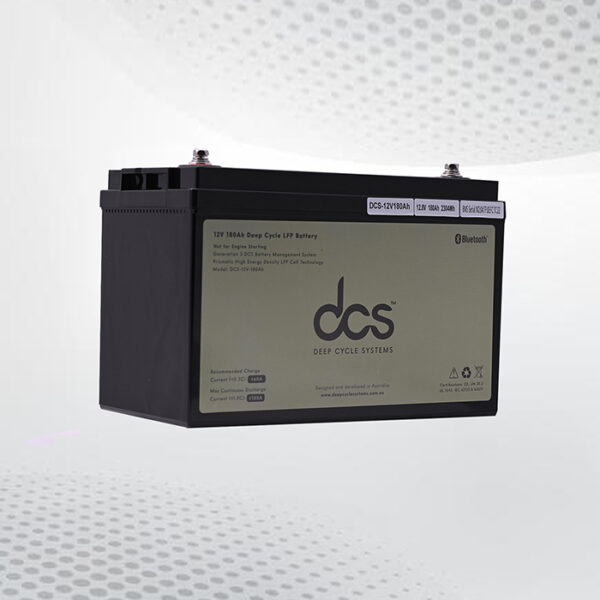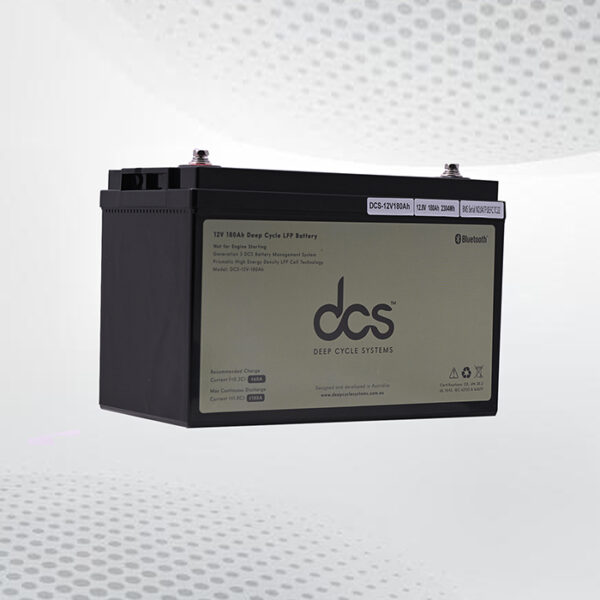
In the world of software development, staying ahead of the curve requires adopting efficient and effective methodologies. One such approach that has gained significant traction is Test-Driven Development (TDD). TDD is a software development practice that not only helps in producing high-quality code but also improves the overall development process. The TDD process involves writing a test for a new function, running the test (which will initially fail), writing the minimal amount of code to pass the test, and then refactoring the code to meet standards. In this blog, we’ll dive into what TDD is, how it works, and the multitude of benefits it brings to the table.
Understanding Test-Driven Development (TDD)
At its core, Test-Driven Development is a development approach where tests are written before writing the actual code. The TDD cycle can be summarized in three main steps: write a failing test, write the minimum amount of code to pass the test, and then refactor the code for better design and efficiency. This cycle is often referred to as the “Red-Green-Refactor” cycle.
Red: In this phase, a failing test is written. This test is designed to check a specific functionality that has not yet been implemented in the codebase.
Green: Once the failing test is in place, the developer writes the minimum code required to make the test pass. This code may not be optimal or well-structured at this point.
Refactor: After the test has passed, the developer refactors the code to make it more maintainable, efficient, and aligned with best practices. This step ensures that the codebase remains clean and manageable.
Benefits of Test-Driven Development
Requirements and Design: TDD forces developers to think deeply about the requirements before writing code. This results in clearer specifications and a more precise design, as tests are written to reflect the expected behavior of the code.
Early Bug Detection: By writing tests before actual code, TDD allows for early bug detection. As the tests focus on small units of code, any issues are caught and rectified at an early stage, reducing the chances of defects later in the development cycle.
Improved Code Quality: TDD encourages writing small, focused functions that do one thing well. This leads to a codebase that is easier to read, understand, and maintain. The frequent refactoring step further improves code quality by eliminating redundancy and improving design.
Regression Testing: As the codebase evolves, new features or changes can inadvertently break existing functionalities. TDD ensures that the existing tests continue to run with each new development iteration, acting as a safety net against regression issues.
Enhanced Collaboration: Collaboration between developers and testers is encouraged by TDD. Test cases act as a common understanding of the desired behavior, enabling effective communication between team members.
Faster Development: It might seem counterintuitive that writing tests before code can speed up development. However, TDD actually accelerates the development process in the long run. By catching bugs early and preventing costly rework, TDD reduces the overall development time.
Confidence in Refactoring: Refactoring is a crucial part of maintaining a healthy codebase. Developers can refactor with confidence knowing that they can rapidly uncover any potential problems when a thorough suite of tests is in place. Documentation: Test cases serve as living documentation that showcases the expected behavior of the code. This documentation remains up-to-date as long as the tests are maintained.
Adaptability and Change: In the fast-paced world of software development, requirements can change frequently. TDD provides a safety net that makes it easier to adapt to these changes, as the tests can be updated to accommodate new functionalities.
Better Productivity: While TDD might initially seem like a slower process due to the time spent writing tests, it ultimately leads to improved productivity by reducing the time spent on debugging and rework.
Conclusion
Test-Driven Development is a powerful approach that promotes better software quality, improved design, and efficient development processes. By writing tests before code, developers ensure that their codebase is robust, maintainable, and adaptable. With benefits ranging from early bug detection to enhanced collaboration and confidence in refactoring, TDD is a methodology that’s worth considering for any software development project. Embracing TDD can lead to not only better products but also happier development teams and satisfied customers.










